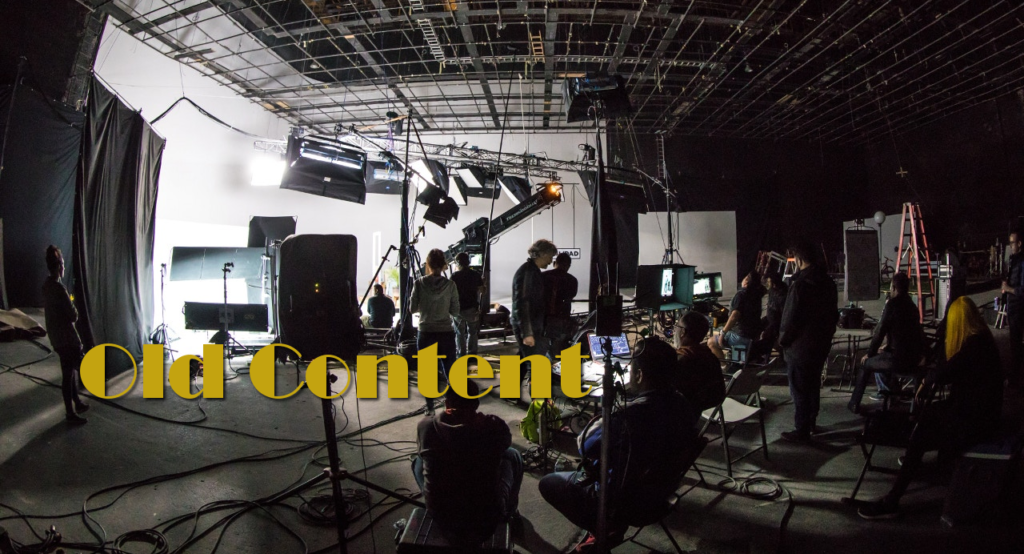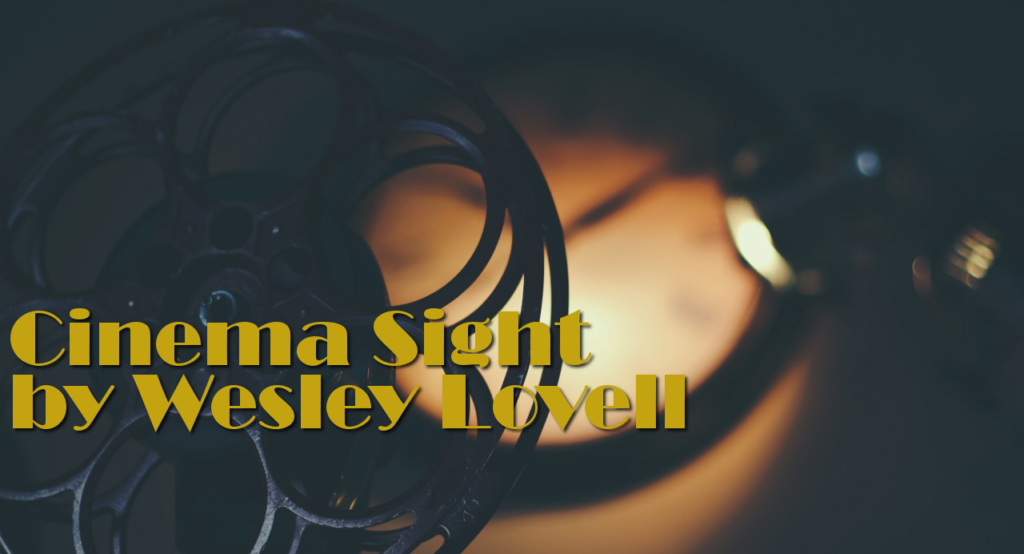
A cultural phenomenon in the 1980s, Fame, the Alan Parker directed film from 1980, and Fame, the subsequent TV series that ran from 1982 to 1987, have been given new DVD releases to coincide with the release of the new film version of Fame.
The original film was nominated for six Oscars and won two. It made stars of Debbie Allen as the dance teacher at the High School of the Performing Arts renamed School of the Arts for the film, and several of the actors playing students, notably Irene Cara, Barry Miller and Paul McCrane. Allen, along with actor-composer Albert Hague and newcomers Gene Anthony Ray and Lee Curreri, reprised their roles in the series.
The film was the latest in a genre that never grows old, the travails of high school students, combined with the “let’s put on a show” musical sub-genre that had been popular in spurts from the 1930s to the 1960s, but which had been out of favor for some time when the film renewed it.
DVDs of the original film and the first season of the TV series have been previously released. The current release version of the series combines Seasons 1 and 2.
Ms. Allen, who also served as the show’s choreographer, is once again the school’s dance teacher while Mr. Hague again plays the school’s music teacher with droll Old World charm. Carol Mayo Jenkins joins the cast as the school’s English teacher.
Erica Gimpell succeeds Cara as the school’s most gifted female dancer while Ray is once again the school’s most gifted male dancer. Curreri reprises his role as the school’s most gifted aspiring pianist-composer. New students include Lori Singer as a transplanted cellist from the Midwest and Valerie Landsburg as the resident comedienne, a role she won in audition over Madonna. Janet Jackson joined the cast in Season 3, which has not yet been released on DVD.
Allen who hosted a talent show of the same name in 2003 returns in the new film version as the school’s principal.
The current releases of Fame, particularly of the TV series featuring the previously unreleased Season 2, are welcome ones especially considering how the previous releases have fallen under the radar.
It’s business as usual, however, with two high profile reissues of the films of two major stars in that there is nothing new in either release.
It’s difficult to understand why anyone would opt to purchase the new John Wayne-John Ford Film Collection 2009 when the original John Wayne-John Ford Film Collection from 2006 is still available and selling for only two dollars more at Amazon and other sellers.
The original release featured eight films whereas as the new release features just six. The reason is that Warner Bros. no longer has the rights to either Stagecoach or The Long Voyage Home, the first two films Wayne made for Ford. It seems especially odd that Stagecoach is not included in such a collection. This is the film that took Wayne out of B westerns and made him a star. A 1939 Best Picture Oscar nominee, it is routinely named as one of the best films of Hollywood’s legendary best year.
Still included are They Were Expendable, Fort Apache, 3 Godfathers, She Wore a Yellow Ribbon, The Searchers and The Wings of Eagles.
Fort Apache and She Wore a Yellow Ribbon were the first two films in Wayne and Ford’s legendary cavalry trilogy. The third film in the trilogy, the underrated Rio Grande is available from a different distributor.
3 Godfathers is the third film version of a classic western about three drifters who find a baby on Christmas morning. The Searchers, often cited as the greatest western ever made, is the only Wayne film directed by Ford that is as yet available on Blu-ray.
A tense World War II film about the American PT boats that defended the Philippine Islands, They Were Expendable had a screenplay by Frank Weed, the colorful writer played by Wayne in The Wings of Eagles. This film is generally considered sub-par Ford, mainly because of the interference of Wead’s family, which objected to Maureen O’Hara’s portrayal of his wife as an alcoholic. Her best scenes, reputedly the best scenes in the film, ended up on the cutting room floor.
Paul Newman: The Tribute Collectioin is comprised of the thirteen films controlled by Fox which Newman made between 1958 and 1982. All are currently available so the need to repackage them seems redundant, but any occasion that gives us the opportunity to talk about Newman can’t be all that bad.
The oldest film in the collection is 1958’s The Long, Hot Summer, directed by Martin Ritt, co-starring Newman’s wife Joanne Woodward, Lee Remick, Anthony Franciosa, Orson Welles and Angela Lansbury. Newman is an itinerant handyman falsely accused of being an arsonist. Newman and Woodward smolder in this enjoyable soap opera.
Newman and Woodward are together again on screen in 1958’s Rally ‘Round the Flag, Boys!, directed by Leo McCarey, in which Newman and Woodward are happily married suburbanitesuntil femme fatale Joan Collins comes between them. A pleasant time killer at best, the stars and the director have all done better work.
Together yet again, Newman and Woodward play a husband and wife who despise one another in 1960’s From the Terrace, directed by Mark Robson from John O’Hara’s novel. Ina Balin as Newman’s new love and Myrna Loy as his alcoholic mother steal the film out from under the stars.
Otto Preminger directed Newman and Eva Marie Saint in 1960’s Exodus, the film version of Leon Uris’ best seller about the founding of Israel. Sal Mineo steals this one as a young Auschwitz survivor.
Long considered Newman’s best early film, 1961’s The Hustler, directed by Robert Rossen, is the one in which he plays Fast Eddie Felson, the cocky young pool hustler who wants to take on the legendary Minnesota Fats (Jackie Gleason). Piper Laurie co-stars in a heart-wrenching performance as his crippled girlfriend.
Newman has a bit part as a punch-drunk boxer in 1962’s Adventures of a Young Man (aka Hemingway’s Adventures of a Young Man). Though excellent in it, his role is little more than a cameo in the film which starred Richard Beymer as the young man modeled after Hemingway and Arthur Kennedy and Jessica Tandy as his parents.
He again has little to do in 1964’s What a Way to Go! as one of Shirley MacLaine’s six husbands in this J. Lee Thompson-directed farce.
Newman is excellent as a young man raised by Indians in the 1967 western Hombre, directed by Martin Ritt. Fredric March, Richard Boone and Diane Cilento co-star.
Newman and Robert Redford co-starred for the first time in 1969’s Butch Cassidy and the Sundance Kid, directed by George Roy Hill. It’s one of two films in the collection that is also available on Blu-ray.
The other one is 1974’s The Towering Inferno, directed by John Guillermin and Irwin Allen, in which Newman heads an all-star cast that includes Steve McQueen, Faye Dunaway, Fred Astaire and Jennifer Jones. See my report of July 14 for an extended review.
Newman essays the title role in 1976’s Buffalo Bill and the Indians, directed by Robert Altman. Co-starring Joel Grey and Geraldine Chaplin, the film is surprisingly uninvolving.
The next Newman-Altman collaboration, 1979’s Quintet, co-starring Vittorio Gassman and Fernando Rey, is generally regarded as one of the worst films ever made. It’s about a game of survivor in the post-apocalyptic world following the next Ice Age.
The collection goes out on a high note, however, with 1982’s The Verdict, directed by Sidney Lumet, co-starring James Mason and Jack Warden. Newman plays a recovering alcoholic lawyer who takes on a high stakes case involving a suit against the Catholic Church.


















Leave a Reply